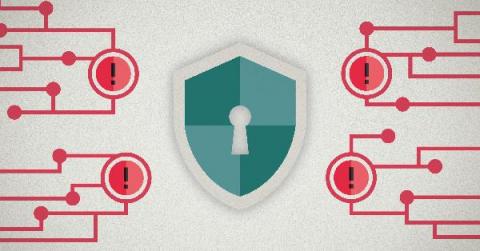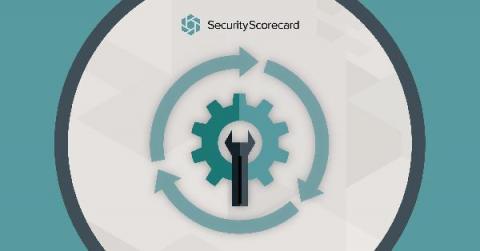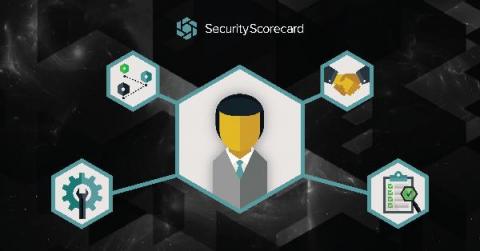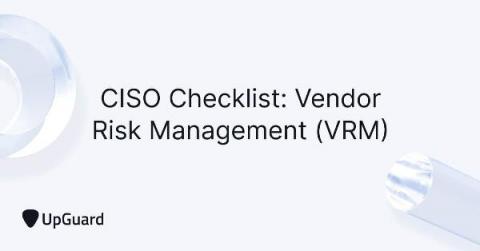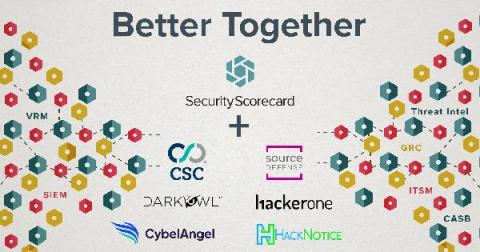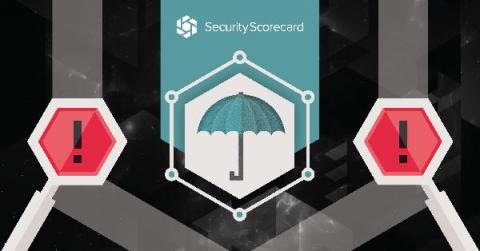10 Common Cyber Attack Vectors and How to Avoid Them
When it comes to cybercrime, cybercriminals are constantly changing their tactics. Think back to 10 years ago; malware sites — malicious sites that attempt to install malware on a device – were a common attack vector. At the same time, sophisticated ransomware attacks on organizations were rare. Often, ransomware was used to target individuals, sometimes blackmailing them for having been on unsavory sites and asking for a few hundred dollars in ransom.


